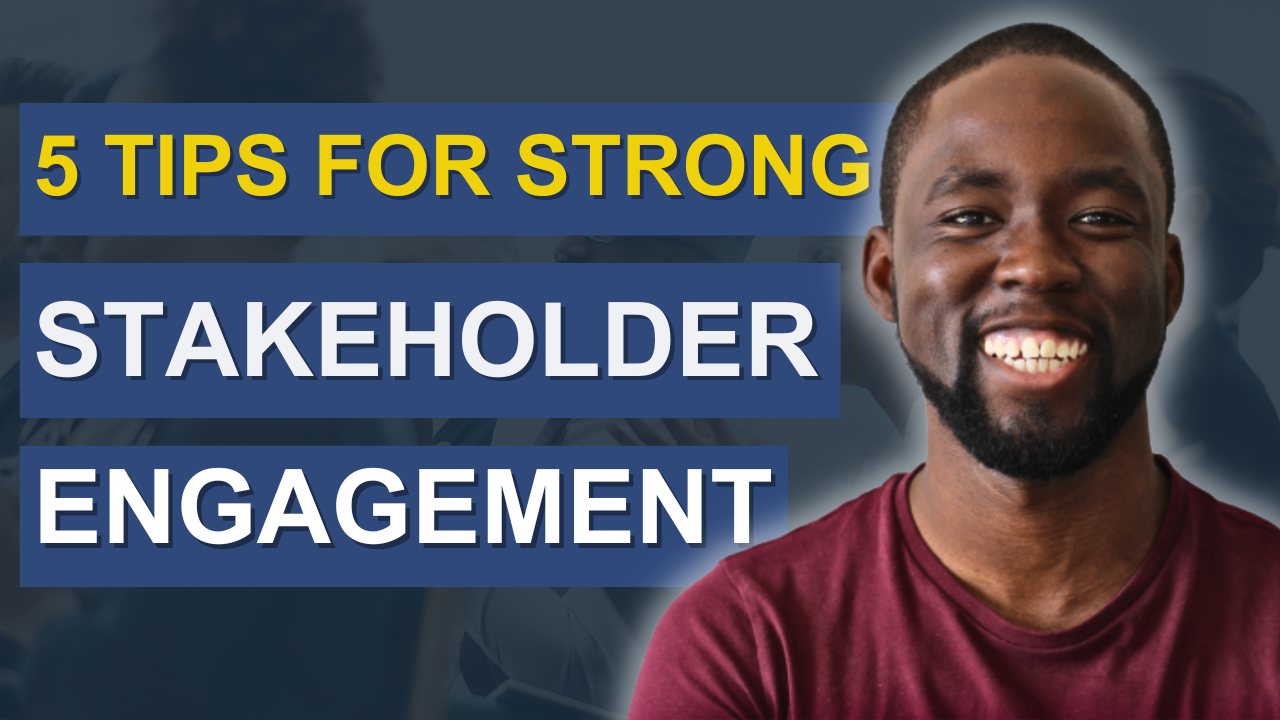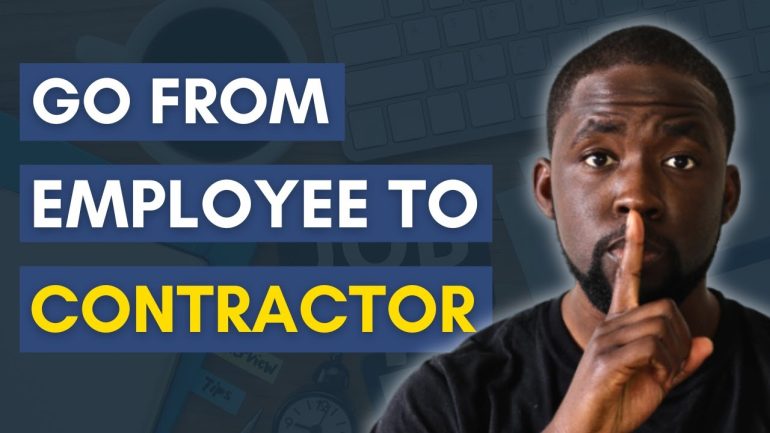5 Stakeholder Engagement Tips for Business Leaders
Today, we’re going to dive deep into the art of effective stakeholder engagement—a critical skill for any leader. Whether you’re at the beginning of a startup or steering a large organisation, mastering these techniques is key to enhancing your influence and achieving your goals.
1. Identify Your Stakeholders with the CPIG Model
Understanding who your stakeholders are is the foundation of effective communication. Use the CPIG acronym to categorise them:
- Customers: The people who will benefit from your programme/business.
- Providers: Those who are implementing your strategies.
- Influencers: Individuals who can sway decisions, often outside your direct circle.
- Governors: The decision-makers who govern the rules and policies affecting your actions.
2. Tailor Your Communications
Once you know who your stakeholders are, tailor your communications to address their needs and expectations. This customisation not only shows respect and empathy but also enhances the effectiveness of your interactions.
3. Master Persuasive Communication
Engage your stakeholders with persuasive communication by employing:
- Ethos: Establish your credibility with sound evidence and authority.
- Pathos: Connect emotionally, using stories or shared experiences to build rapport.
- Logos: Use logical arguments to present clear, rational proposals that stakeholders can understand and support.
4. Active Listening
Effective stakeholder engagement is not just about talking; it’s equally about listening. Practice active listening to truly understand stakeholder concerns and adjust your strategies accordingly. This involves:
- Paying close attention to the feedback you receive.
- Asking clarifying and empowering questions to ensure understanding.
- Reflecting back the information to confirm accuracy.
5. Manage Difficult Conversations with Grace
Handling tough discussions without escalating conflict is crucial. Maintain professionalism and composure to manage emotionally charged situations effectively. Use these tips:
- Stay focused on the issue, not the person.
- Keep the conversation objective and fact-based.
- Show empathy and understanding, even when disagreeing.
- Ensure you develop lessons learned.
Negotiation Strategies
Negotiation is an extension of stakeholder engagement. Prepare thoroughly, understand the stakes for all parties, and aim for a win-win outcome. Here’s how:
- Prepare extensively to anticipate counterarguments.
- Build rapport to smooth negotiations.
- Use strategic pauses to allow the information to resonate with the negotiator.
- Utilize the CPIG Model: Identify stakeholders as Customers, Providers, Influencers, and Governors to target communications effectively.
- Tailor Your Communications: Customize interactions to meet the specific needs and expectations of different stakeholder groups.
- Employ Persuasive Communication: Use ethos (credibility), pathos (emotion), and logos (logic) to communicate persuasively and effectively.
- Practice Active Listening: Engage actively with stakeholders to understand their perspectives and respond appropriately.
- Handle Difficult Conversations Gracefully: Manage tough discussions with professionalism and empathy to maintain focus and composure.
- Bonus – Master Negotiation: Prepare thoroughly and strive for win-win outcomes in negotiations to enhance stakeholder relationships.
Conclusion By mastering these five stakeholder engagement tips, you can significantly enhance your leadership effectiveness and foster a collaborative environment conducive to success. Remember, leadership is about influence, and effective stakeholder engagement is a powerful tool to amplify this influence.
If you want, I can help you in the following 3 ways:
- The Life Navigation System: A comprehensive guide on how to manage your life, helping you set goals, set routines and journal like a boss! Comes with a complete walkthrough video and Notion template!
- Secure the Job: The step-by-step course that unveils systems, strategies and success when it comes to progressing your job and applying for new roles
- The Independent Consultant UK: A guide to becoming a contractor in the UK. This is a step-by-step walkthrough of my experiences, hosting exclusive information to help you transition into the space of contracting.
- Book a call: Let’s have a chat to focus on your life areas and where you can have the biggest impact. If it makes sense, we can progress towards procuring coaching or mentoring.







